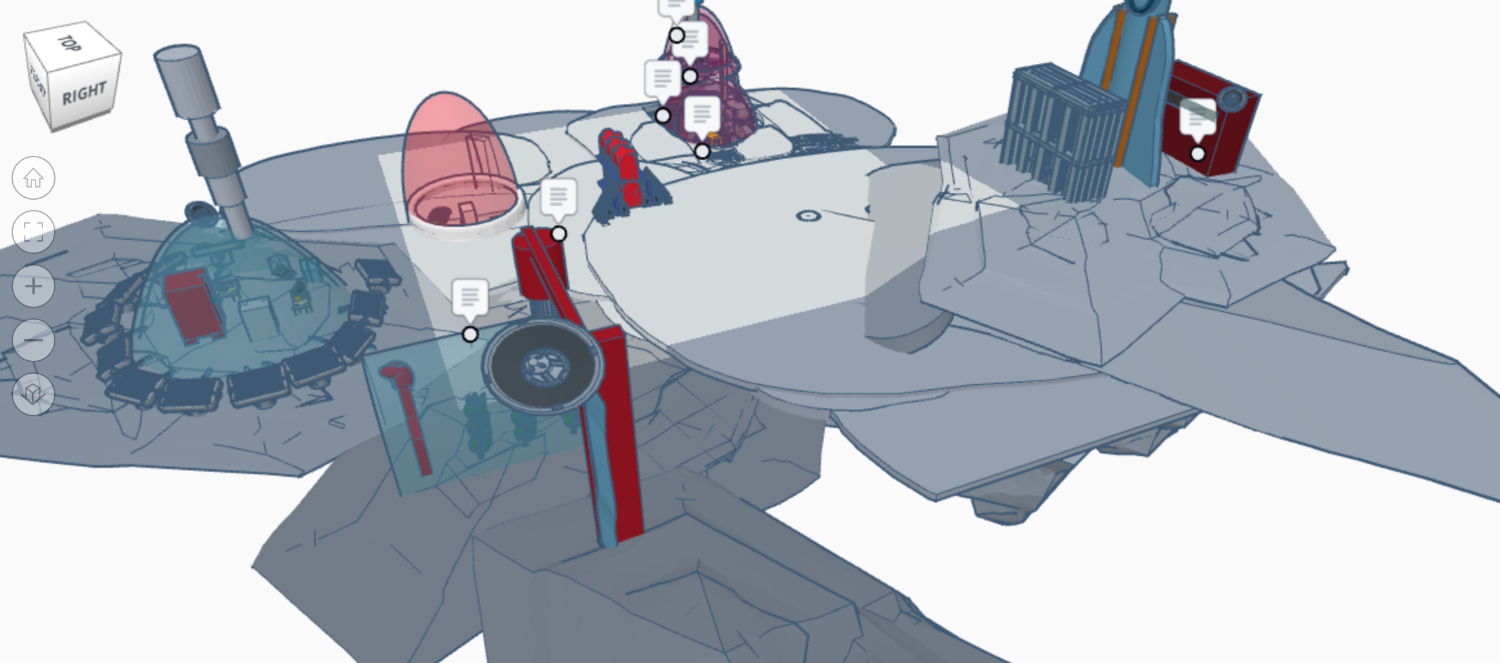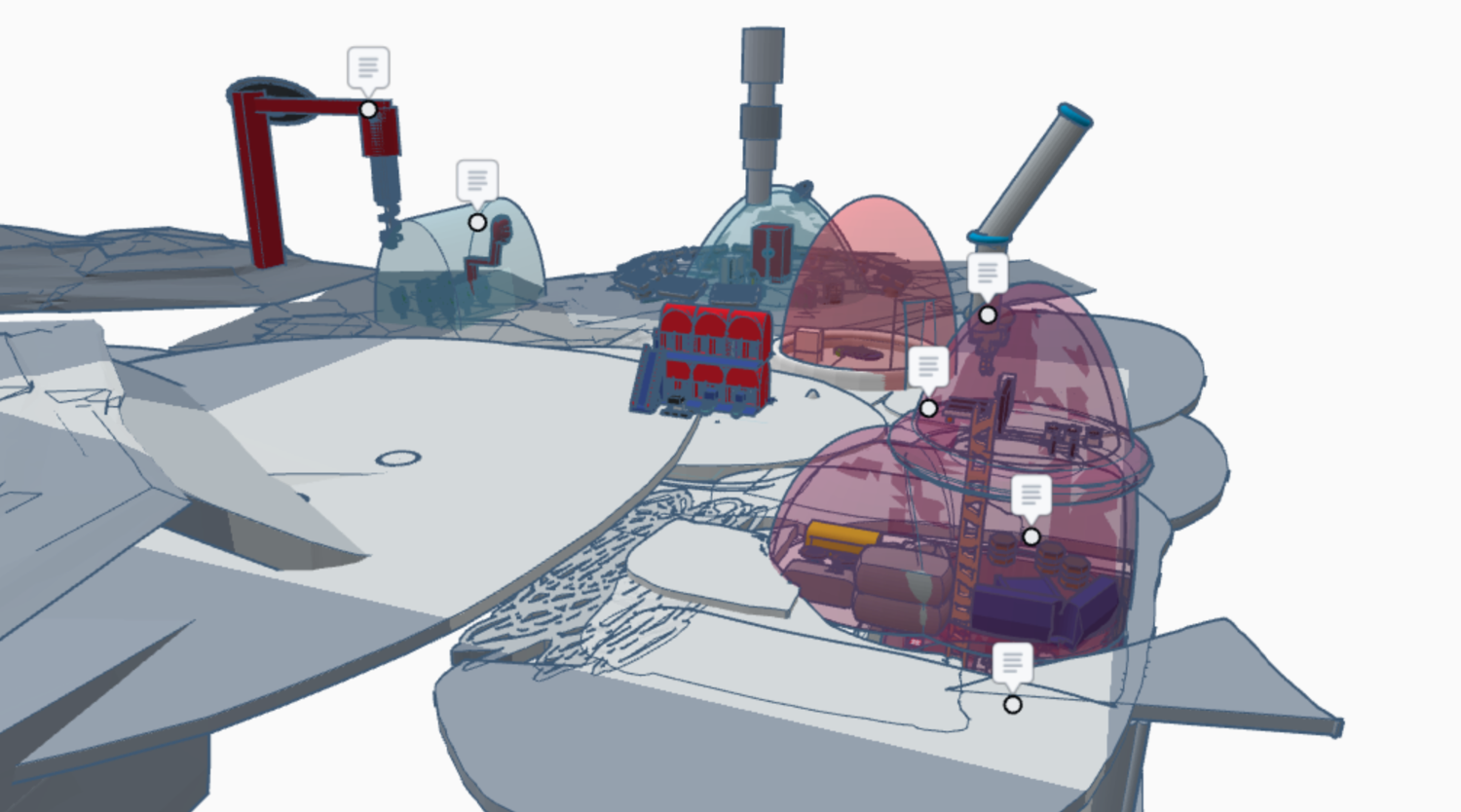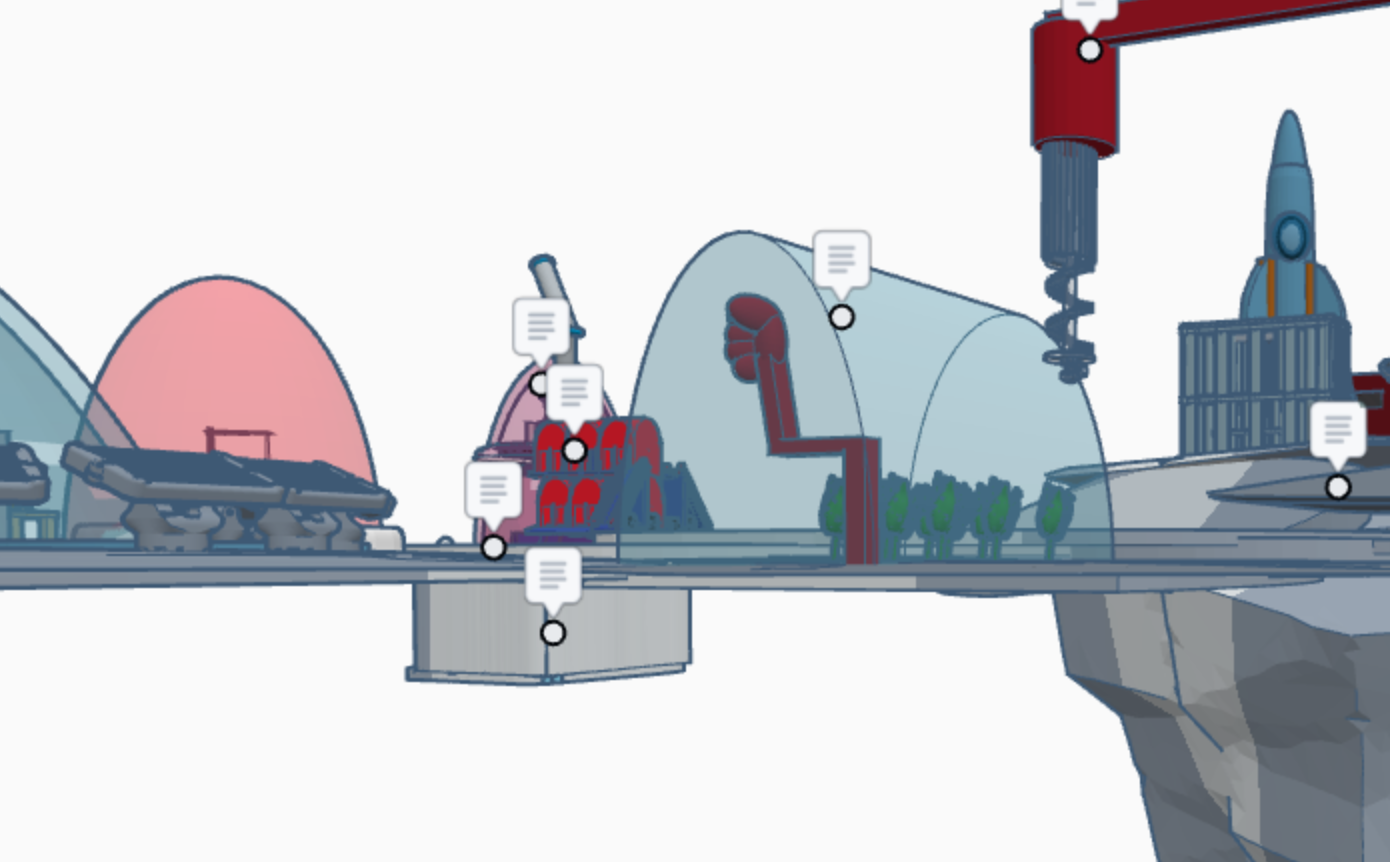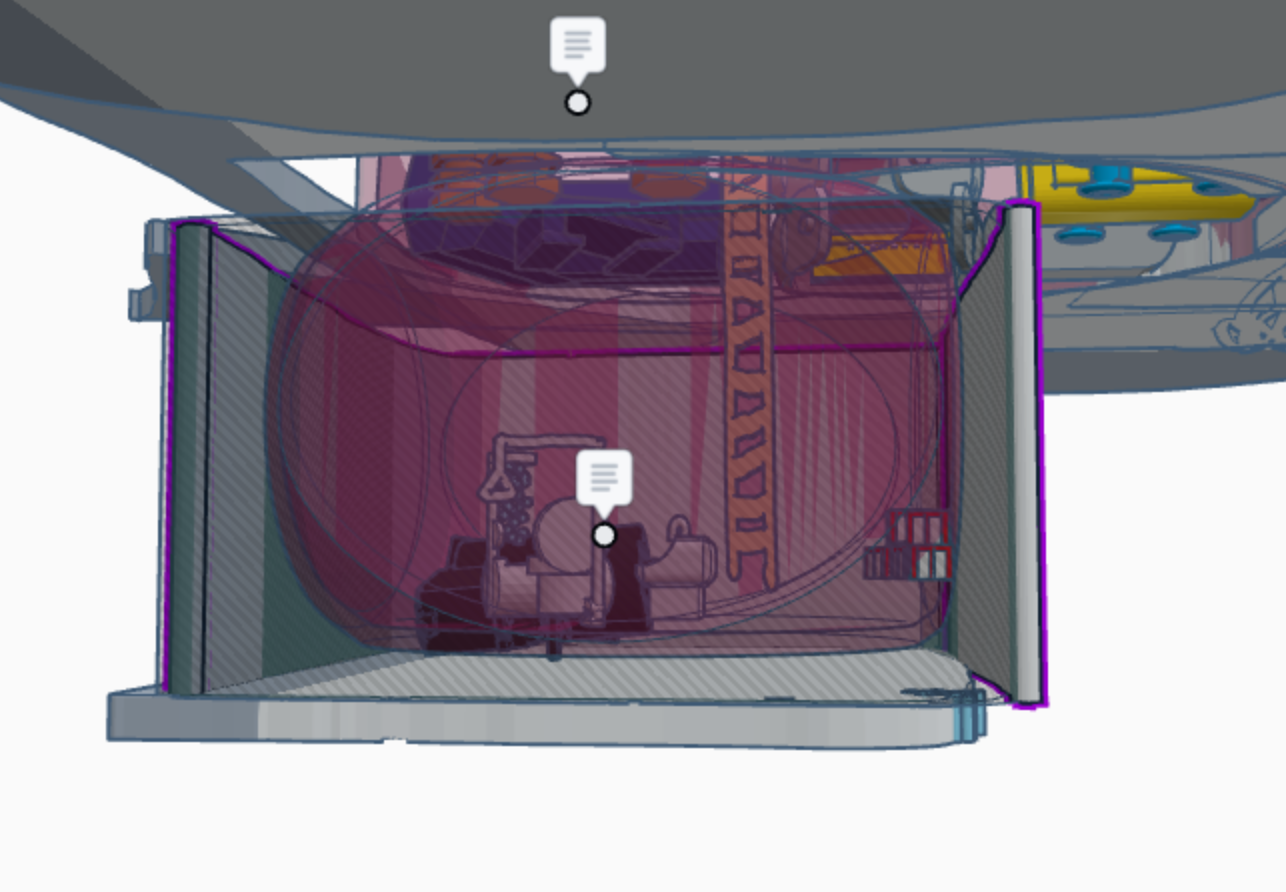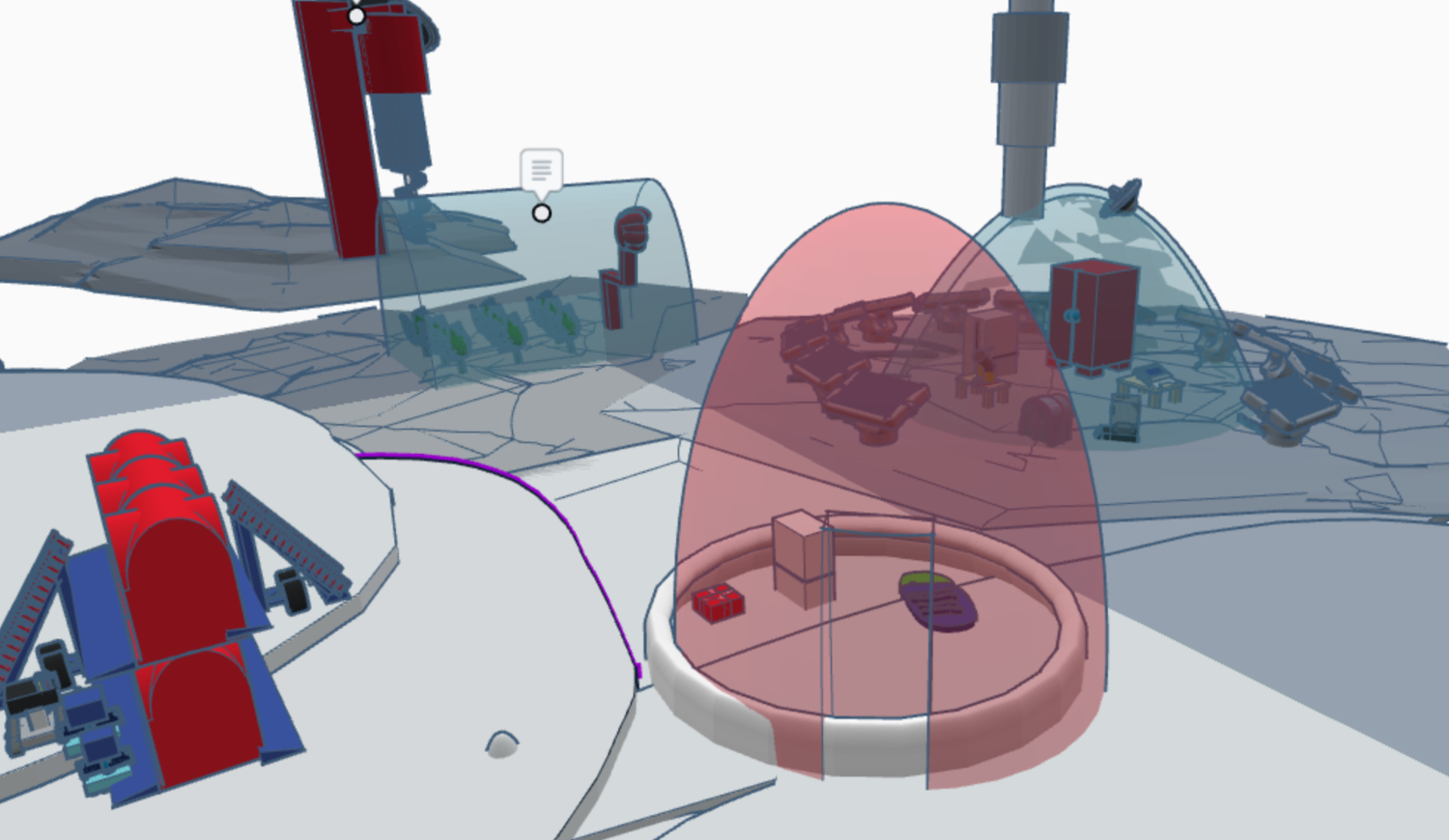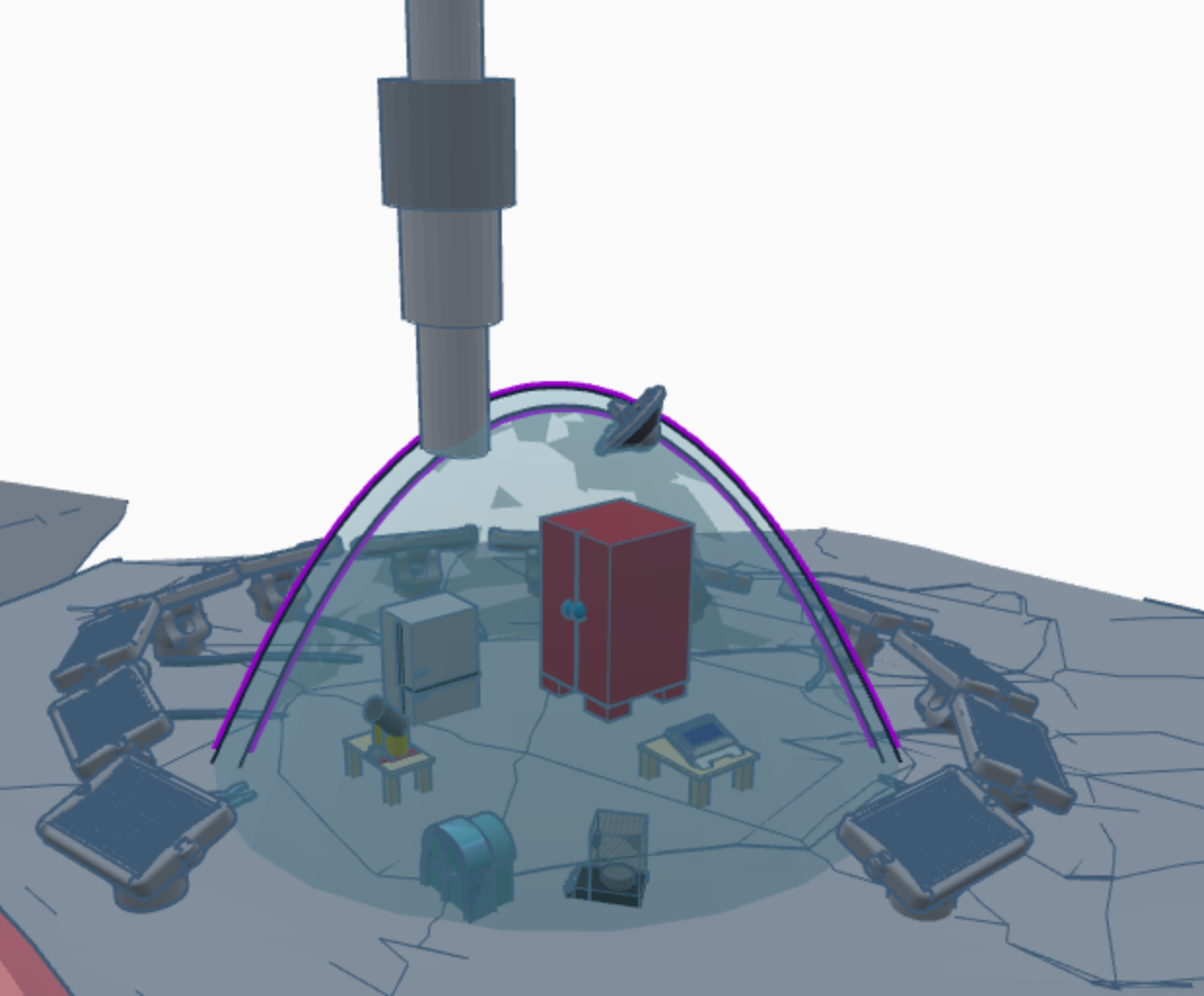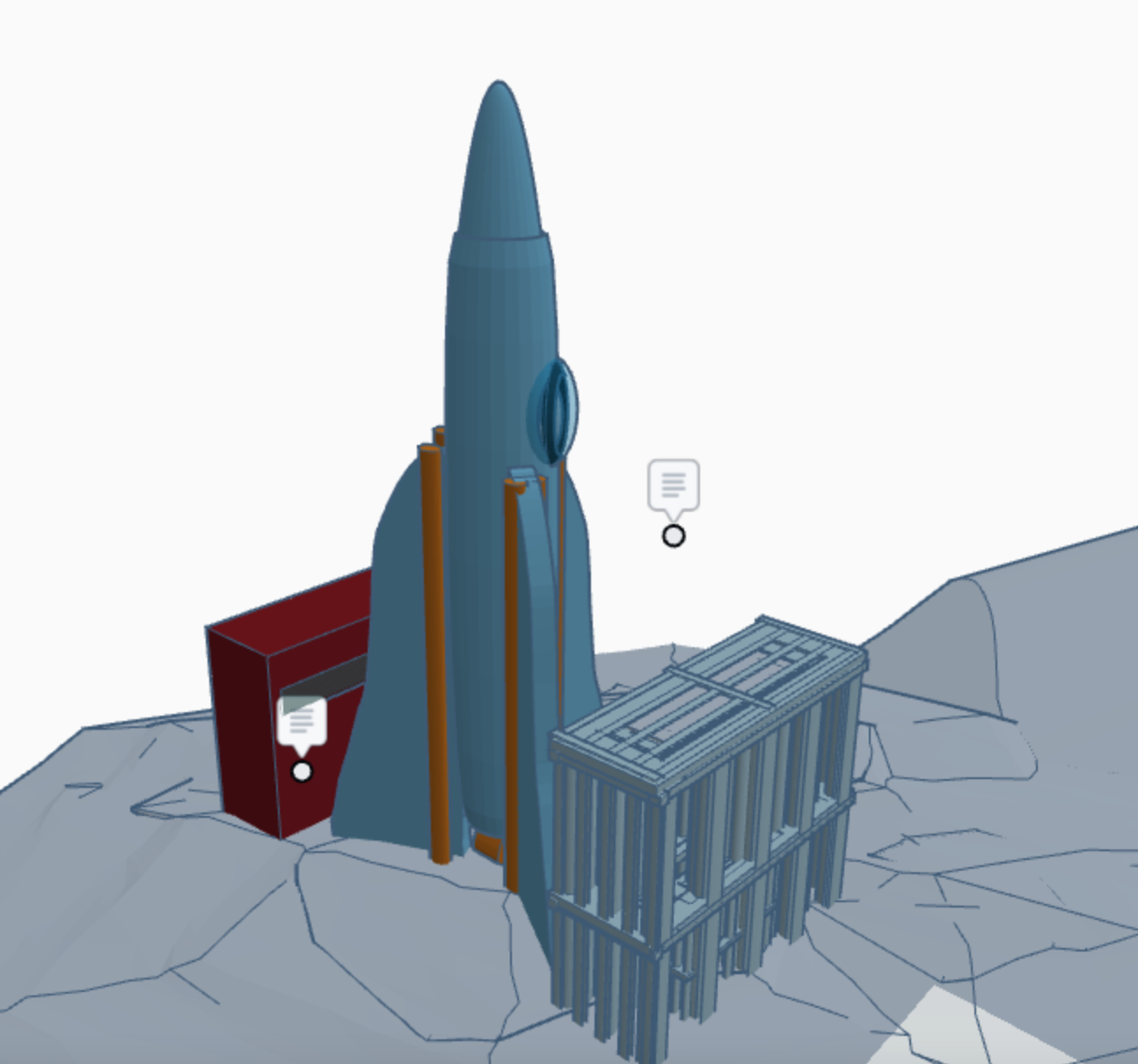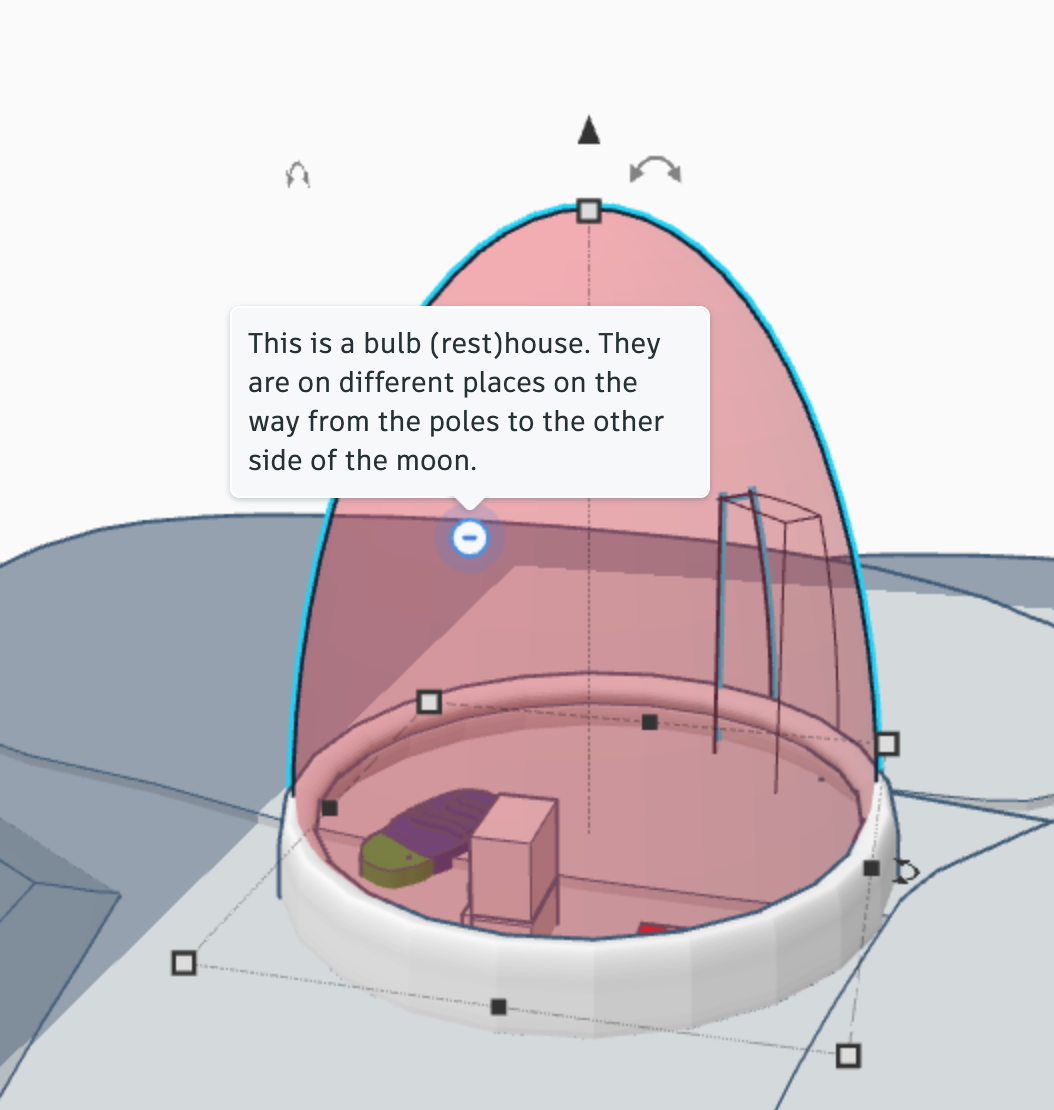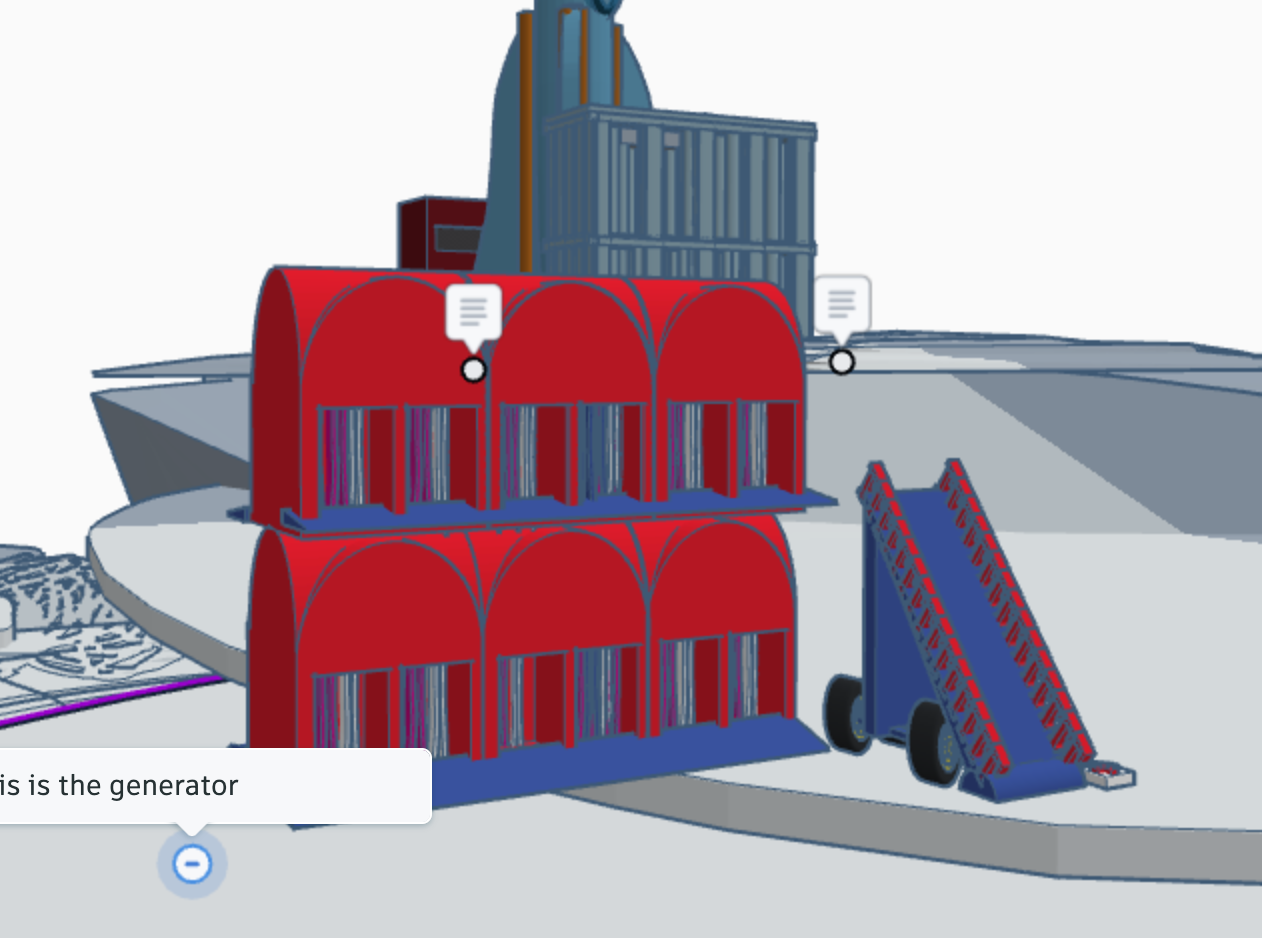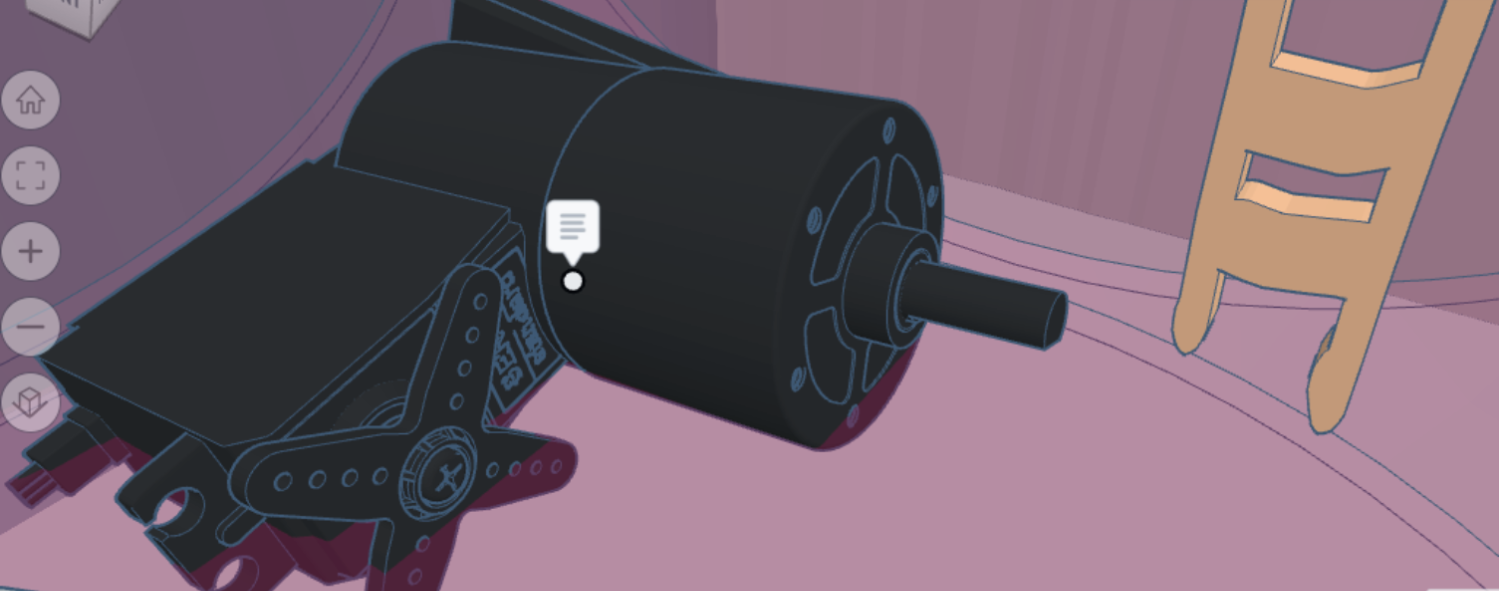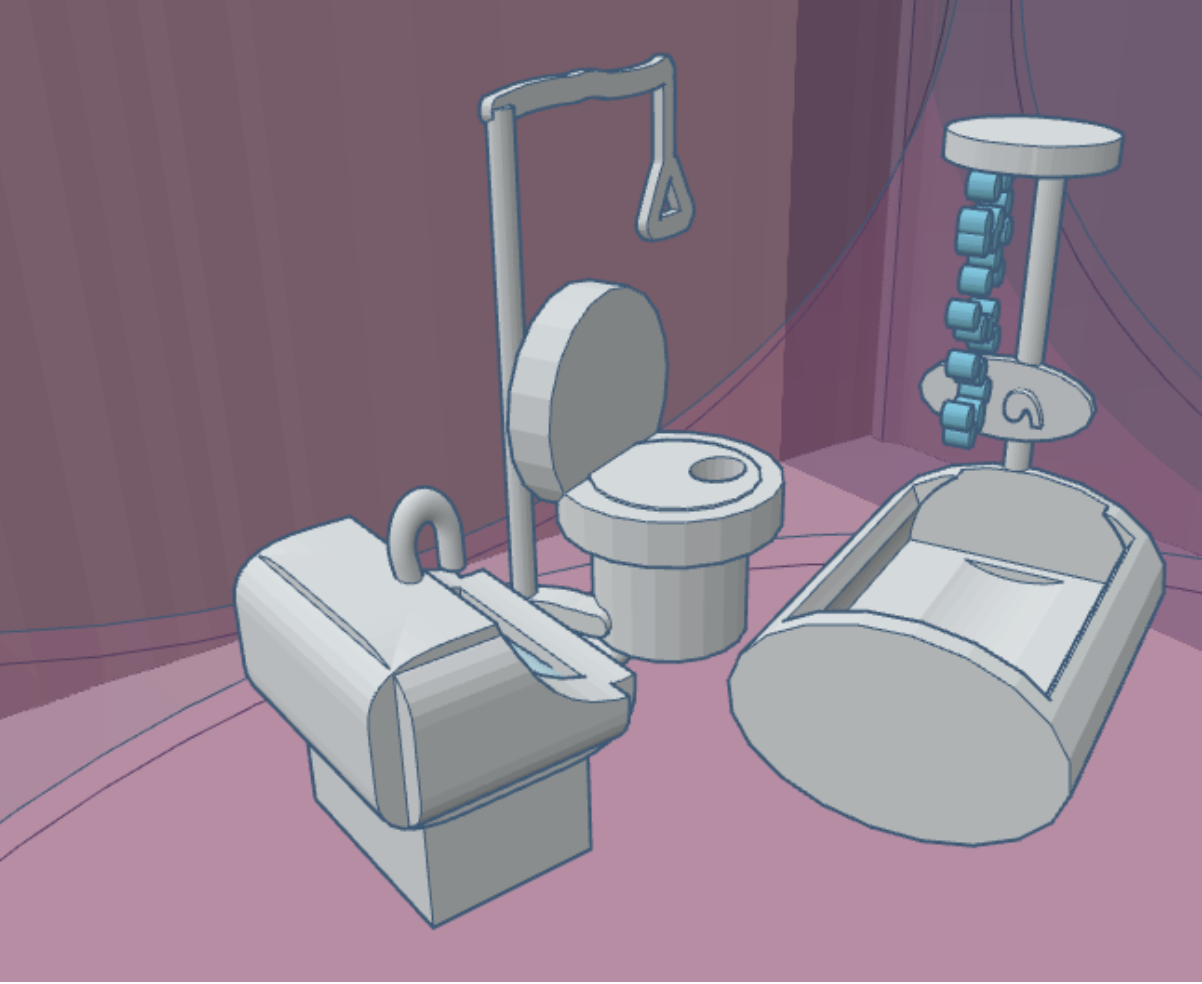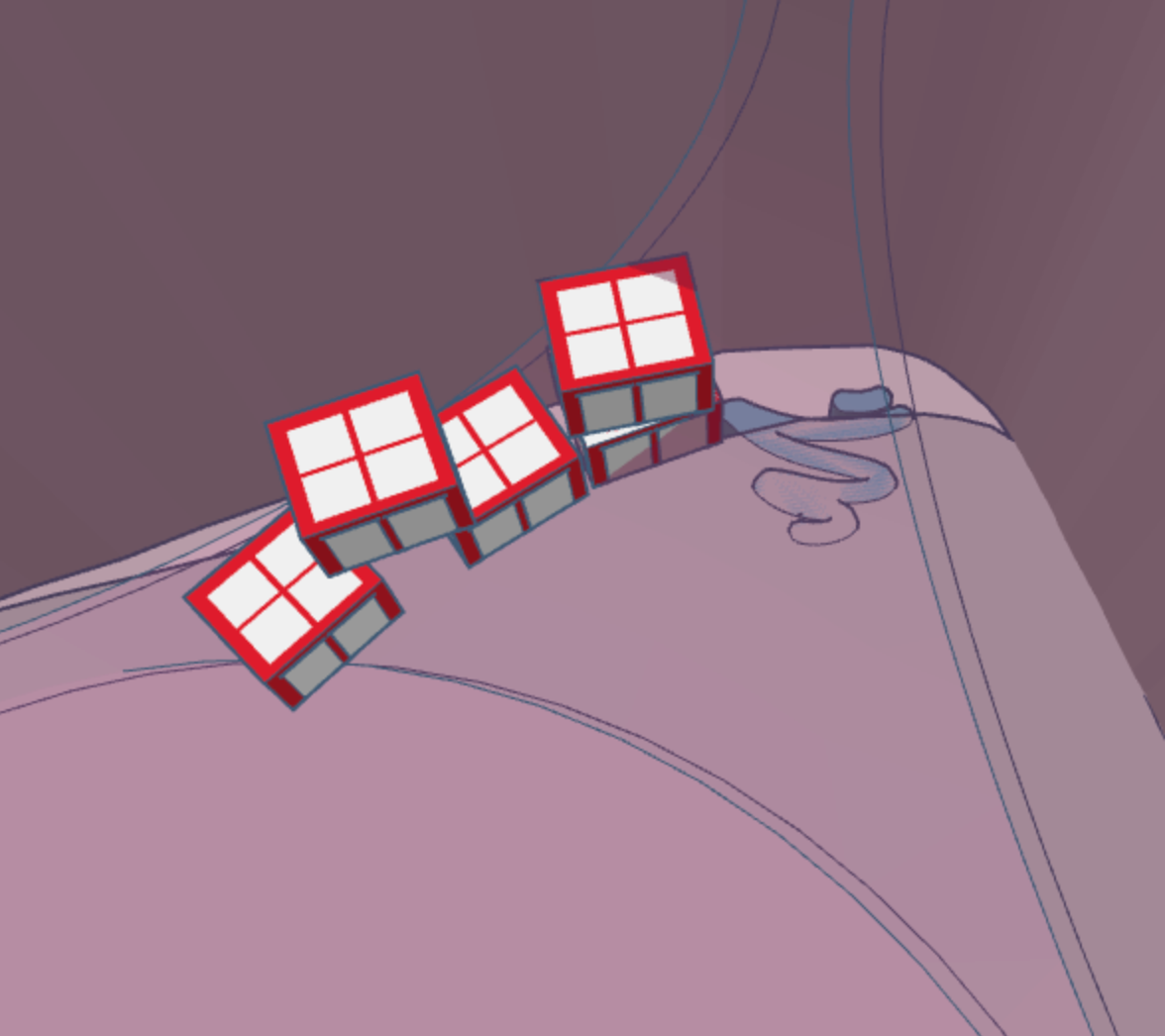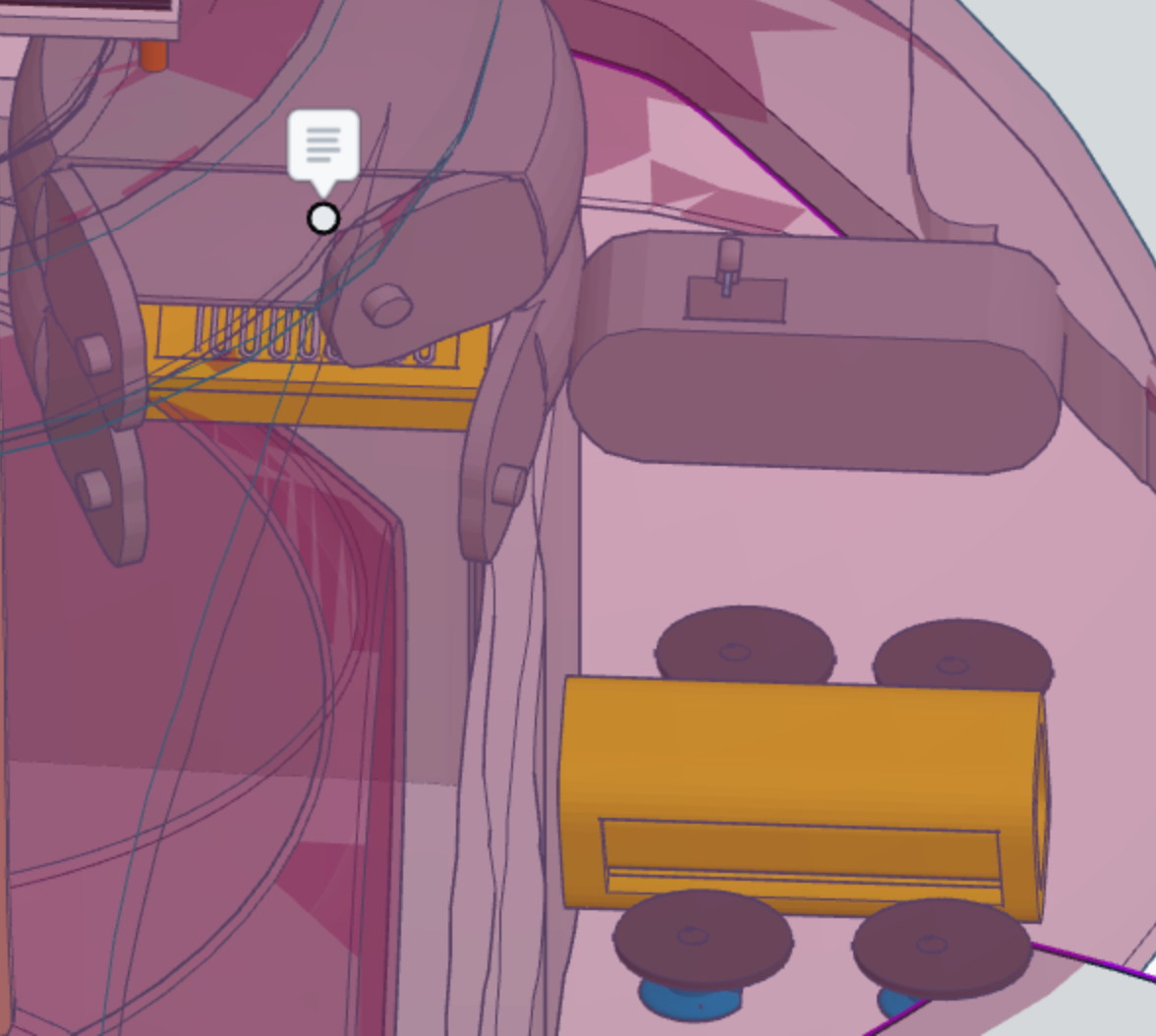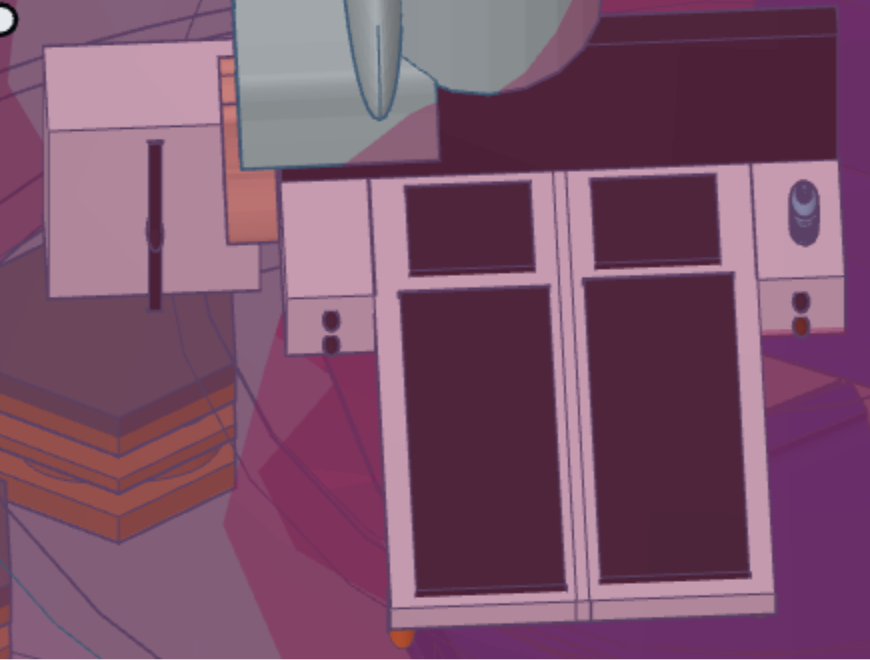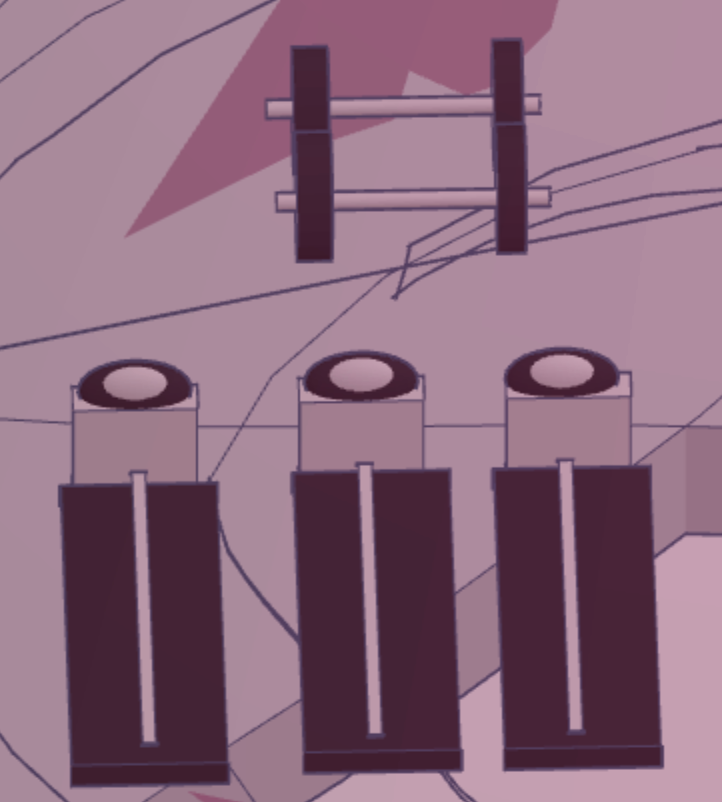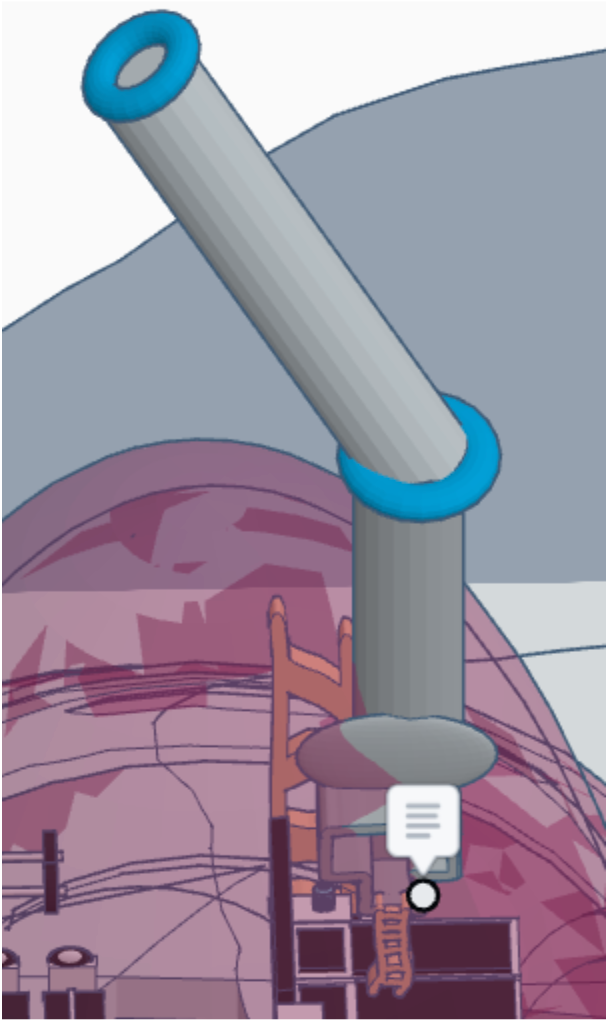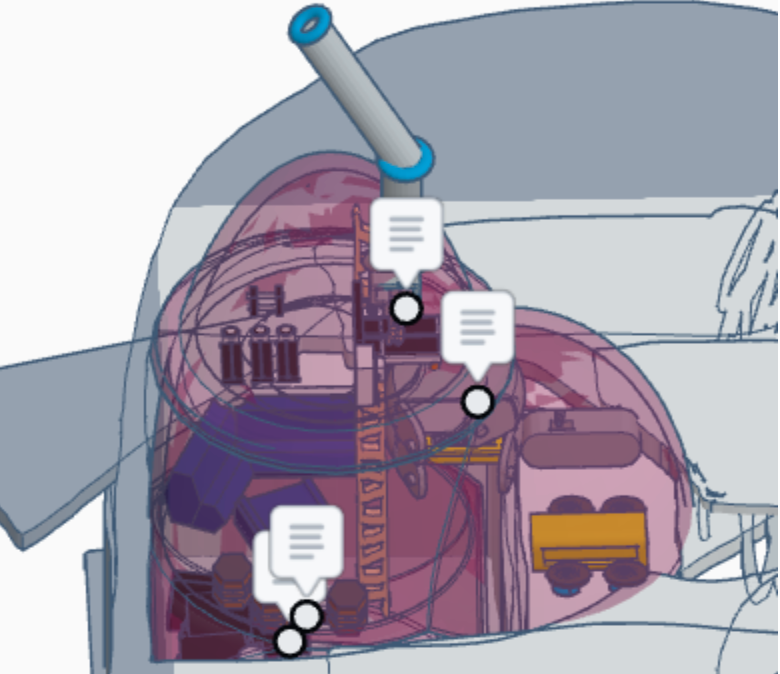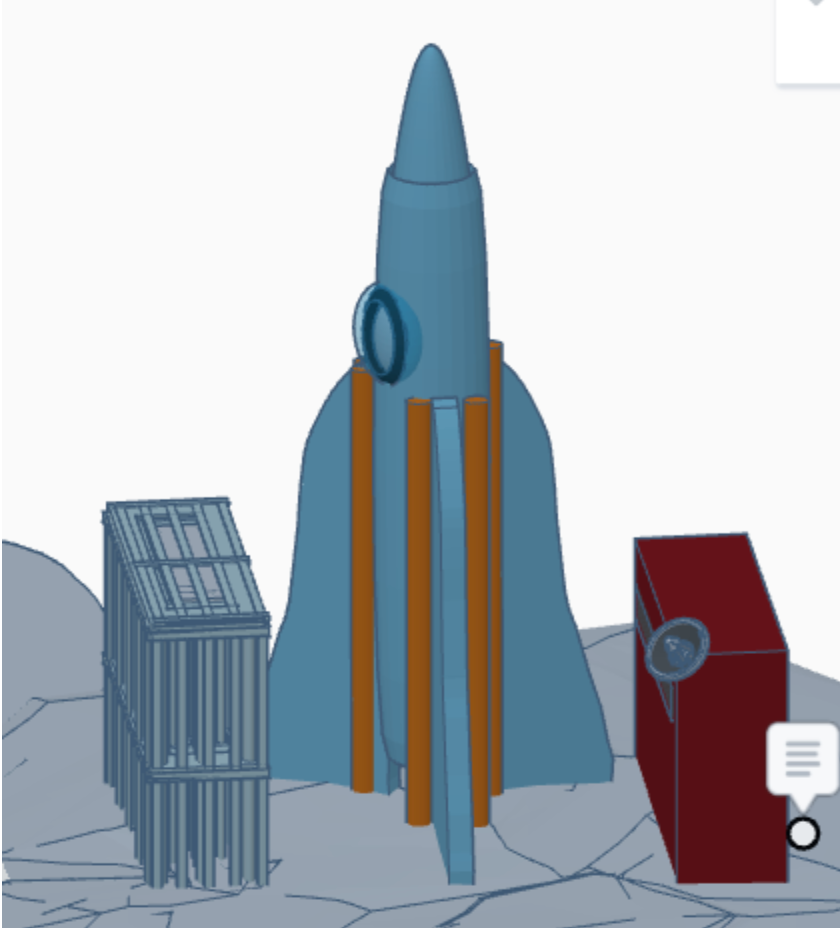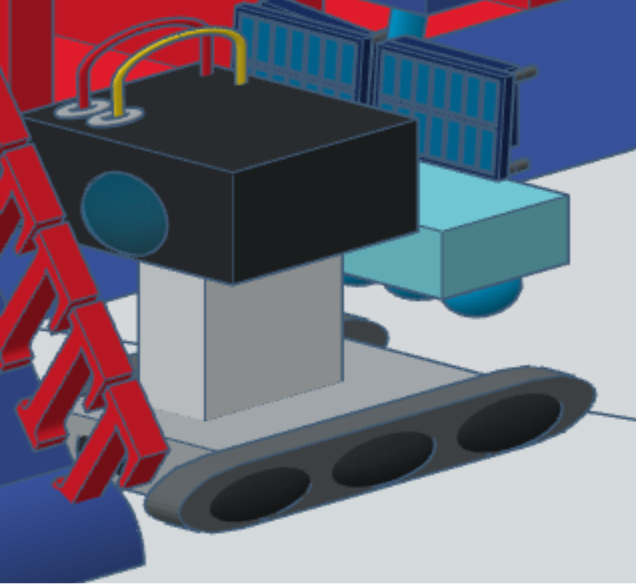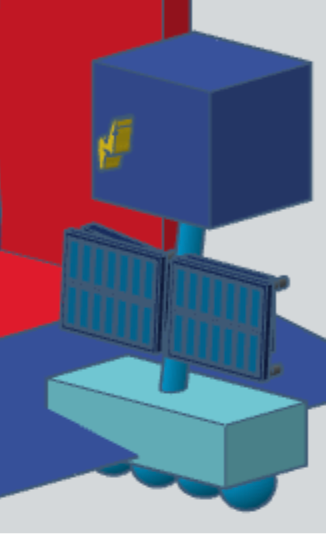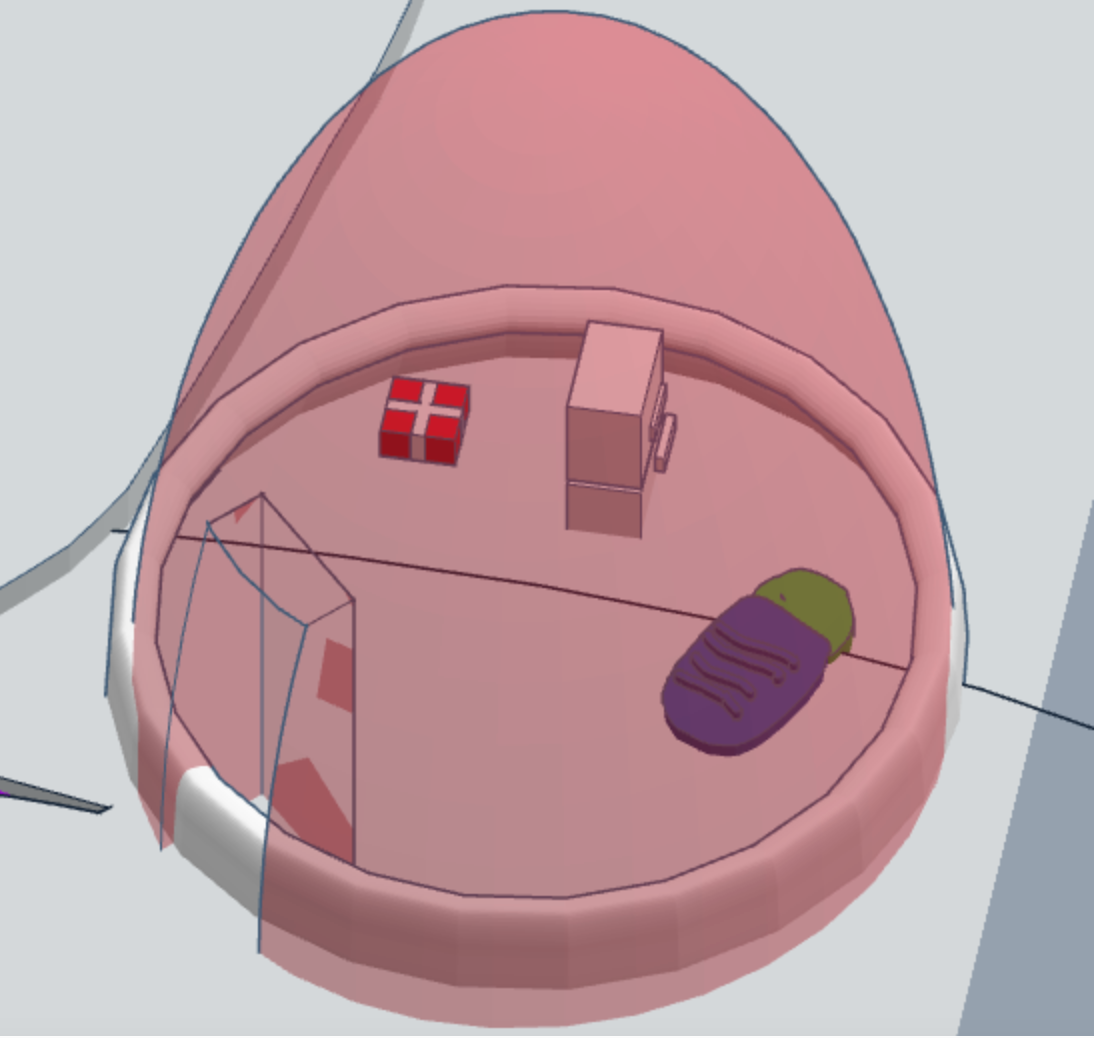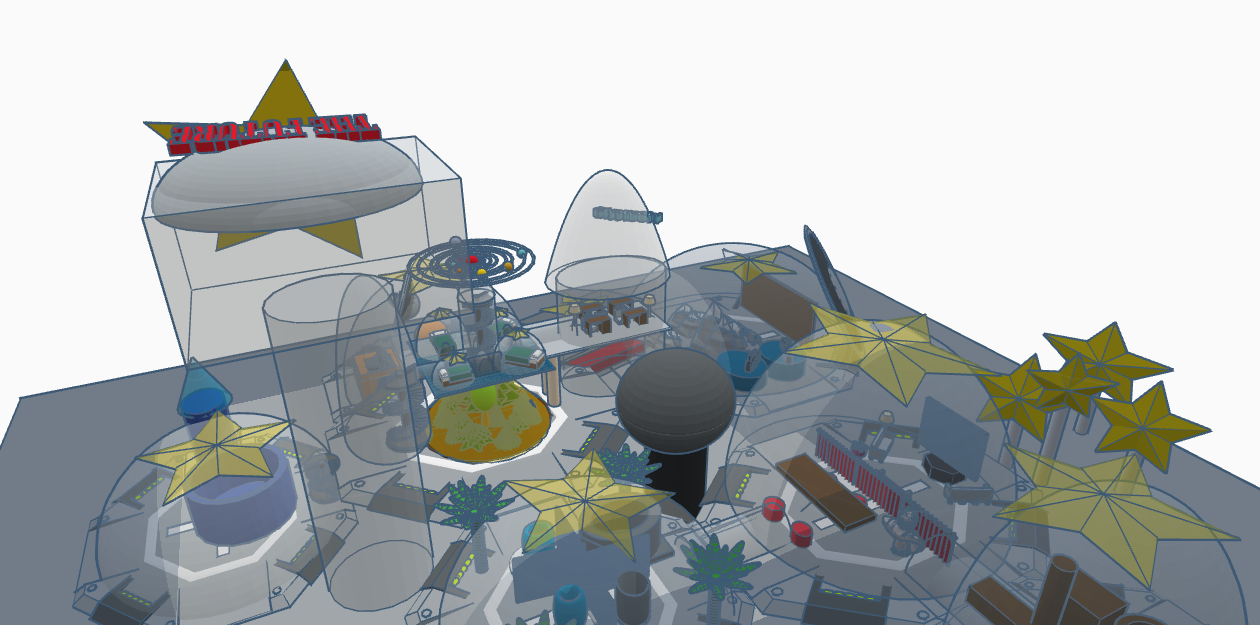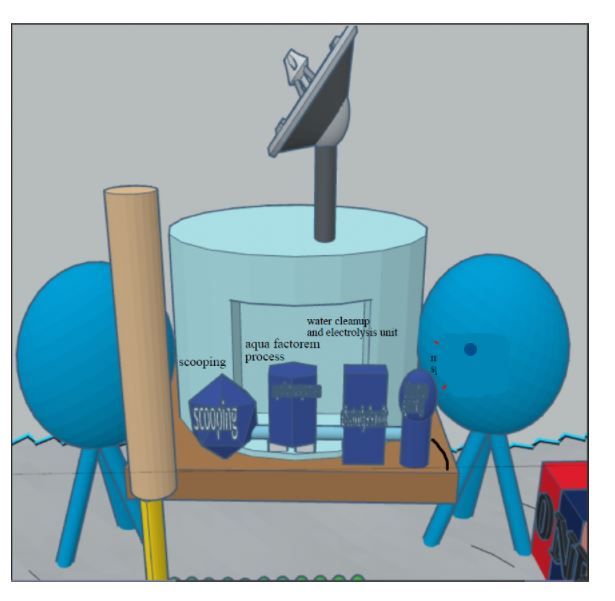Moon Camp Explorers Gallery 2021-2022
In Moon Camp Explorers each team’s mission is to 3D design a complete Moon Camp using Tinkercad. They also have to explain how they will use local resources, protect astronauts from the dangerous of space and describe the living and working facilities.
Team: DAL-F
Van Brienenoordschool Rotterdam Netherlands 10, 11 4 / 3
External link for 3d
|
Project description
Our moon camp is a camp for researchers, this moon camp is provided with fresh food from the greenhouse. In the greenhouse a robot takes care of the plants. The water from the greenhouse is water from craters and purified puddles. There is a house where the researchers can sleep, eat, research and have fun. In the house there is also a room so you can heal. Next to the house there is a water purifier. There’s a 3D printer assembled by robots. The 3D printer prints all the necessary things the astronauts use. There are three floors in our house. The top floor contains a bedroom + bathroom. On the lower floor is a kitchen + dining room + living room. The floor below the moon’s surface houses the air purifier, the computers and the medical aid. There is also a two-storey robot charger that fits 10 robots. On the dark side of the moon is the science hut, there are computers and research equipment. Above the science hut is a satellite dish with which you can make communication with the earth. |
||||
|
Where do you want to build your Moon Camp?
close to the lunar poles AND on the other side of the moon. Why did you choose this location?
At the poles there is always sun so the plants can grow well so you always have food. On the dark side of the moon is a science hut because you can research well there. And there are solar panels everywhere because that’s useful. How do you plan to build your Mooncamp? Which materials will you use?
We first launch the robots to the moon, they make the greenhouse and the house. They assemble the first pieces of the 3D printer and place some solar panels. The 3D printer prints the houses. Then the 2 astronauts come, they take seeds for the greenhouse and research stuff and things for entertainment. Then the astronauts help with the science hut and the solar panels. |
||||
|
Water
|
Food
|
Electricity
|
Air
|
Protection
|
|
There are craters of ice on the moon, special robots chop ice every week and take it to the astronauts, who hand it in to other robots who melt it with a giant magnifying glass. That water falls into a container. A robot brings it to the astronauts and they install the water in the bathroom, kitchen and greenhouse. |
We grow our food in the greenhouse on the poles. Because the sun always shines there. Of course we have a shield against the sun otherwise your plants will dry out and they will simply die. The shield darkens every 8 hour. We make the shield from polyethylene and it is assembled by the 3D printer. We have a robotic hand that takes care of the food and keeps an eye on all things. We bring seeds of plants from earth that you can eat completely, such as carrots. And we also have to use plant food and raw material, of course. |
We get energy by running on the treadmill every day, then the treadmill spins and we generate energy. We also make energy with solar panels everywhere on the moon, the solar panels charge large batteries, which are picked up by collection robots that you see in the picture next to the robot charger. The energy robot lays the batteries in front of the house, and astronauts have to assemble themselves in places where you need energy, but imagine that the electricity is gone, then you always have a spare battery. That’s power! |
We make oxygen with spiralina (algae) in the greenhouse. We use 4 m2 per person. We also make oxygen in the greenhouse, we have 14 m2 of plants that make oxygen. We run oxygen through pipes to the house, and when we have enough oxygen we store it in emergency boxes. We collect moon dust on the moon, then we send electricity into the moon dust and oxygen comes out. |
We make a shield against the sun with polyethylene. It is very strong and it can stop bullets. It is also used for things like plastic cutting boards. It is 10 to 20 centimeters thick. It gives enough protection against meteorites and radiation. You can also use water, but if the moon suffers from solar flares, polyethylene is a better option. The mooncamp on the poles has one big shield above all the buildings. The science hut on the far side of the moon has his own shield. Also the bulb houses along the way have their own shields. |
|
Describe a day on the Moon for one of your Moon Camp astronauts
Magnus wakes up next to Dodo, he gets dressed (thermal pants, a thermal shirt and a sweater.) He goes to brush his teeth in the bathroom after Dodo has been. He makes baked carrot with beetroot and he sits next to Dodo who eats baked beetroot with carrot blades. After breakfast, he washes his plate with purified pee. He puts his plate back in the cupboard. He puts on his astronaut suit to go outside. Outside he walks to the greenhouse and he checks if everything is going well and takes the vegetables that have grown with him. He puts them at home and then goes as quickly as possible to his science hut in his moon cart. Halfway through, his watch beeps that he doesn’t have much oxygen left, he drives as quickly as possible to a bulb house and fills his oxygen bottle. He takes a quick nap because it has been a long morning. After 15 minutes of sleep he continues to the science hut. When he arrives at the science hut he takes a few carrots from the fridge and goes to work. At 5:30 pm he goes back, he arrives at 7:00 pm and immediately goes to dinner with Dodo. He makes a salad of canned corn, beetroot and lettuce. He does some exercise after dinner, then he showers and he goes to sleep. |
||||


